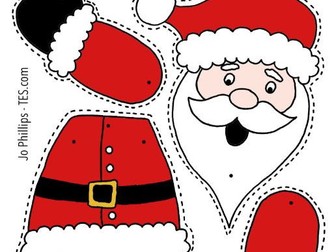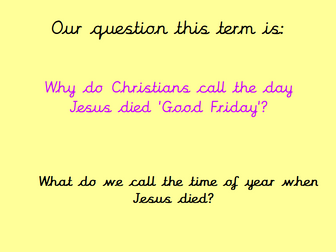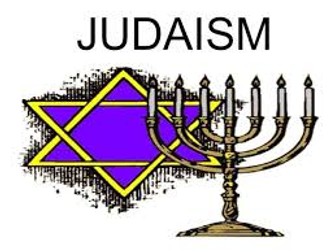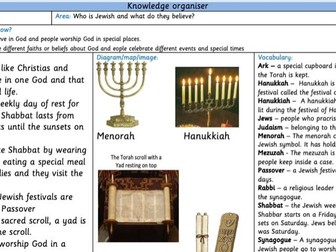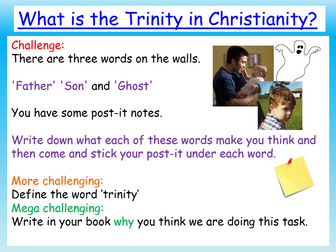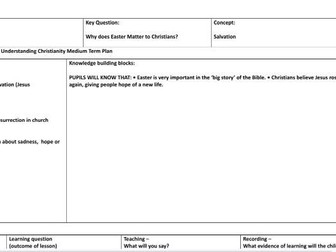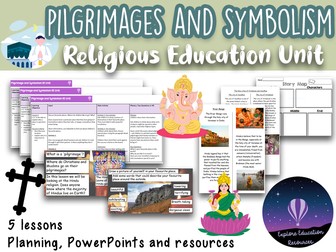
Understanding Symbols - KS1 RE Lesson!
In this engaging and informative lesson, children learn what symbols are, and begin to interpret and reflect on the meaning of symbols. They apply this knowledge in creating their own symbols, considering what the objects/ animals, colours and shapes that they select represent.
I used this as an introductory lesson, before then going into more depth about different religious symbols in the subsequent lessons. Children enjoyed it and it gave them a solid understanding of symbols to build on in the next steps of their learning.
This resource pack contains a comprehensive and colourful 15-slide Powerpoint, which guides teachers and students through the learning activities. A template worksheet is also provided (in Word and PDF) for the students to create and describe their symbol.
In the past, I have used this lesson with children in both Years 1 and 2 - the key learning is aligned with national expectations for RE, and also the content prescribed by most diocese regions. All images are licensed for commercial use, and are cited on the final slide.
